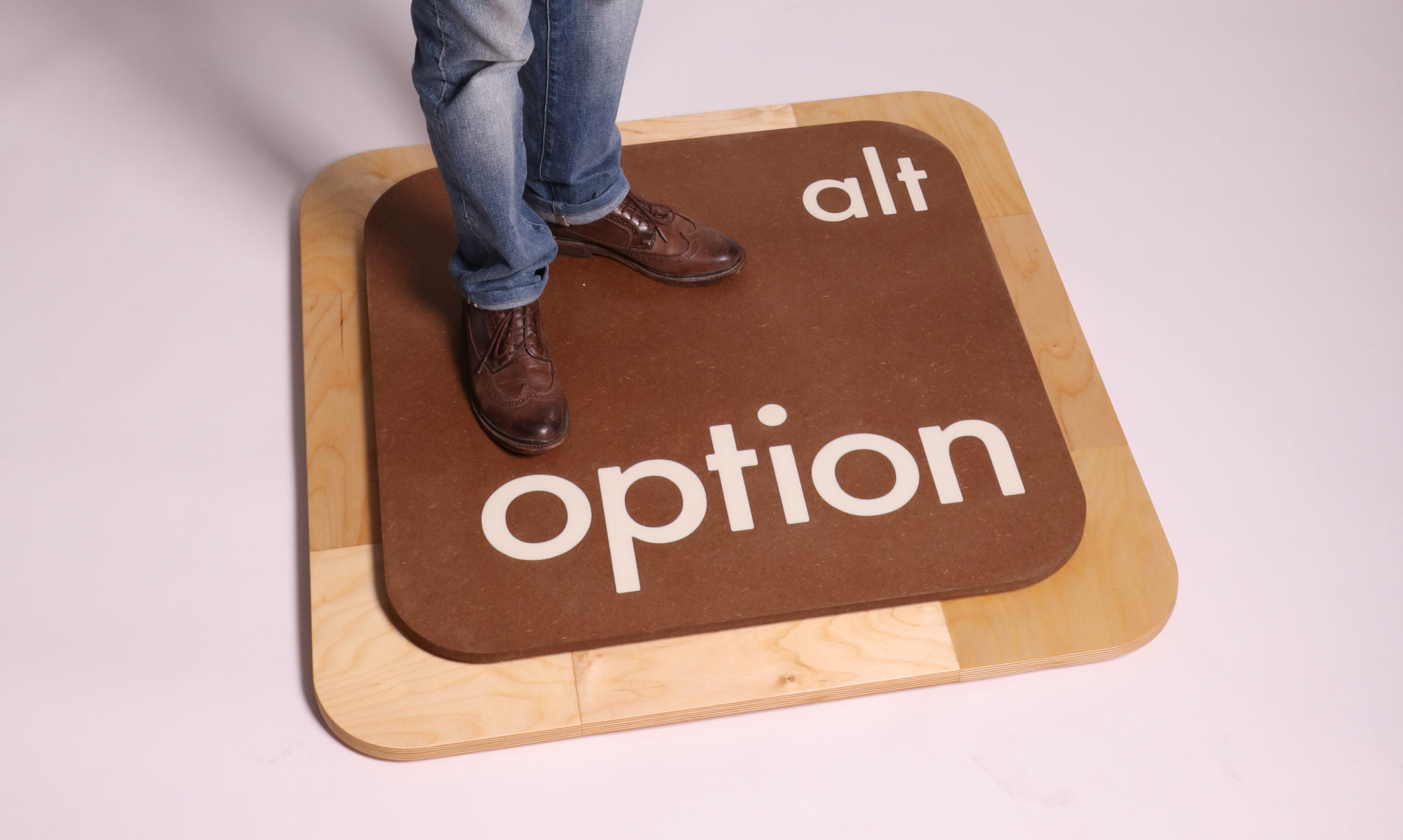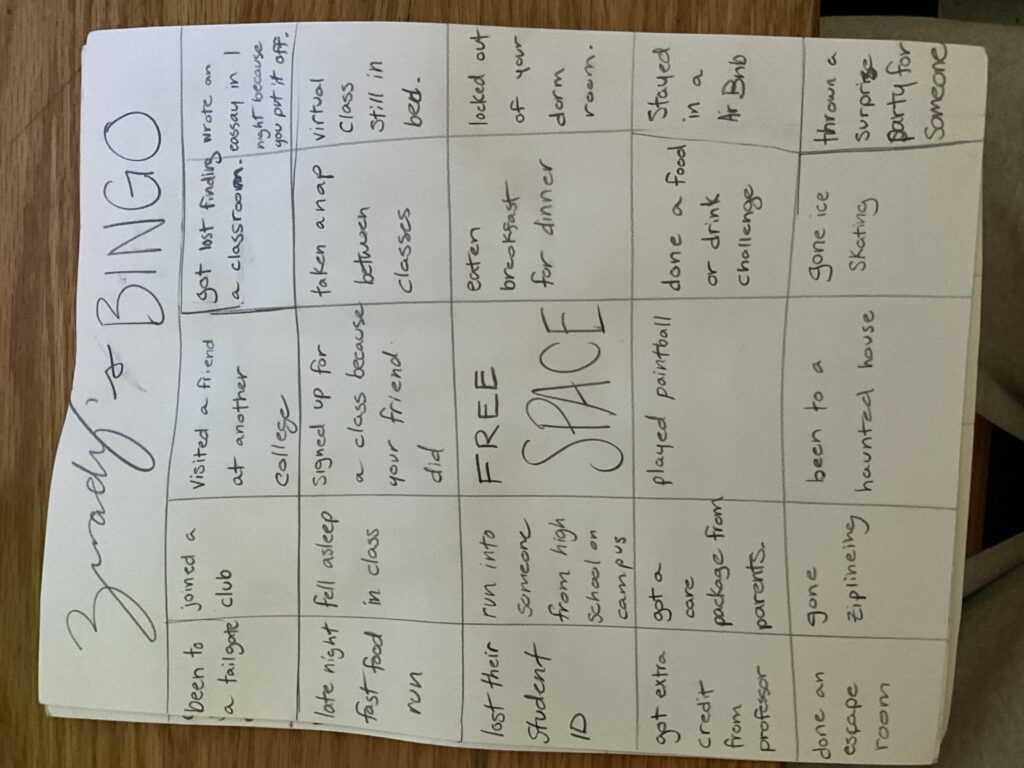Strike Force: Shooter card game
Strike Force is a turn-based, team card game where players strategize to attack or defend, using a variety of weapons, specials, and items to eliminate the opposing team. Each team has a total of 100 health points, and the goal is to reduce the other team’s health to zero first.
Setup
1.Teams: Divide players into two teams. Each team shares a health pool of 100 HP.
2.Decks: Shuffle the deck of weapon, special, and utility cards and place it in the center.
3.Starting Hand: Each player draws 2 cards.
4.Turn Structure: Each turn has a Buy Phase and an Action Phase.
Phases of Play
1. Buy Phase
- At the start of each round, players can use the Buy Phase to draw or discard up to 2 card for each player on the team to improve their hand. This allows players to strategize based on their role (offense or defense).
2. Action Phase
- Teams decide to attack or defend based on the cards in hand.
- Attack: Players choose weapons and special cards to deal damage to the opposing team.
- Defense: Players use defensive cards to protect their team’s health pool.
Weapons
- Assault Rifles (ARs):
- Ammo: 10 shots
- Damage: 1 damage per shot
- Special Rule: Discard after use
2. Submachine Guns (SMGs):
- Ammo: 10 shots
- Damage: 1 damage per shot
- Special Rule: Discard after use
3. Shotguns:
- Ammo: 1 shot
- Damage: 10 damage
- Special Rule: Discard after use
Specials
- Grenades: 1 throw
- Damage: 10 each player total of 20 (splash damage)
- Special Rule: Single-use, discard after use.
2. Rocket Launcher:
- Damage: 15
- Special Rule: Single-use
3. Riot Shield:
- Defense: Blocks 5, 10, or 15 damage based on the specific shield card. (note, if you use the 15 strength shield for a 5 or 10 damage attack you dont get to keep it and save the remaining heath on it. you must discard it.)
4. Smoke Grenades:
- Special Effects: saves both teammates.
- Defense: Avoid all damage for one round.
- Special Rule: Single-use, discard after use.
Gameplay Example
- Turn Start: Each player draws 1 card.
- Buy Phase: Players can choose to exchange their card to help their team. (1 card change per player.)
- Action Phase:
- Team A decides to attack with one player using an Assault Rifle (10 shots for 10 damage each) and one using a grenade (20 damage).
- Team B decides to defend, with one player using a Riot Shield that blocks 20 damage and another using a Shotgun to deal +10 damage
- Damage Resolution:
- Team A deals a total of 30 damage (10 + 20), but Team B’s Riot Shield blocks 20, so they only take 10 damage.
- Team B’s shotgun deals 10 damage, so at the end of the round both teams lose 10 health.
- End of Round: The round ends, and the next turn begins with each team adjusting their strategy based on remaining cards.
Winning the Game
- The game continues until one team’s health reaches 0 HP. The remaining team is declared the winner.
Playtest #1
My first playtest encountered several challenges that highlighted areas for improvement in the game design and rule set. From the start, players had numerous questions because the rules lacked sufficient clarity . This not only slowed the pace of play but also disrupted the overall experience.
One key issue was the lack of detailed instructions regarding how the ammunition system worked, which created confusion and impacted gameplay mechanics. Additionally, a significant misprint on the shotgun card caused further imbalance. The card stated that the shotgun had 10 shots, each dealing 10 damage. This gave it the potential to deal 100 damage in total, which far exceeded the damage output of any other weapon in the game. This oversight inadvertently created an unfair advantage and disrupted the intended balance of the game.
The feedback from the playtest was crucial for identifying areas to improve and ensuring a smoother, more engaging experience in future iterations.
Playtest #2
The second playtest showed significant improvement in the mechanics, as the initial issues were resolved. With those addressed, new feedback emerged regarding the frequency of certain cards appearing during gameplay.
Initially, I included four shield cards, each offering protection against 5, 10, 15, or 20 damage, and gave them equal representation in the deck. During play, however, it became apparent that the abundance of shields made it difficult for players to deal meaningful damage, which disrupted the game’s balance and pacing. So I removed the 5 protection shield completely. and reduced the amount of shield cards that occured.
Another area of concern was the smoke grenade card, which caused confusion among players. Initially, the card dealt damage when thrown, leading players to interpret it as an offensive item. However, my original intent was for it to be used defensively, allowing players to avoid incoming damage for a single round. To address this, I removed the damage aspect entirely, and during subsequent use, the card functioned as intended, enhancing strategic play.
These adjustments have clarified gameplay mechanics and improved the balance of the card distribution. The playtest provided valuable insights, and these changes have brought the game closer to its intended design. Future iterations will focus on refining the deck composition further to ensure an optimal balance between offense and defense.
Playtest #3
The third playtest marked a significant milestone in the development process, offering a vastly different experience compared to the first two sessions. With the rule set clarified and all prior mechanical issues resolved, gameplay proceeded seamlessly, and no complaints or concerns were raised by the players.
The feedback was overwhelmingly positive, with players fully engaged and enthusiastic about the game. Many offered creative and constructive suggestions for expanding its mechanics, including ideas for introducing new weapons and incorporating features that allow players to influence or control each other’s actions. These suggestions reflect the players’ deep interest and investment in the game.
This successful playtest confirmed that the core mechanics and overall balance are now well-established. It also provided an exciting opportunity to consider future expansions and enhancements. Moving forward, I plan to evaluate these suggestions and explore ways to further develop the game while maintaining its accessibility and appeal.
Whats Next:
Next, I plan to enhance the depth and strategic complexity of the game by introducing special abilities for players. These abilities will include, but are not limited to:
• Sabotage: Temporarily disable an opponent’s weapon for one round.
• Stealth: Prevent the player from being targeted or attacked for one round.
• Overwatch: Automatically launch a counterattack when the player is attacked.
These abilities will add a new layer of strategy by encouraging players to time their usage carefully. To maintain balance, each special ability will have a cooldown period, becoming available for use once every five rounds. This recharge mechanic ensures thoughtful gameplay and prevents overuse of these powerful abilities.





